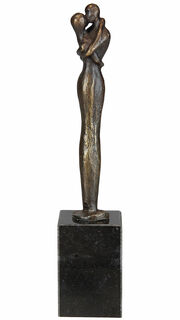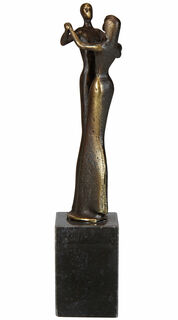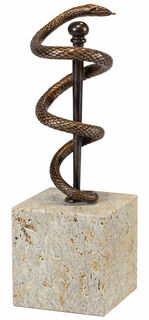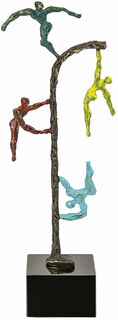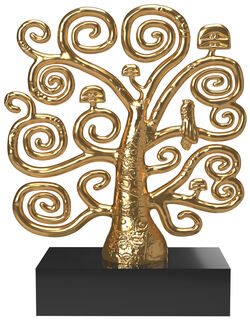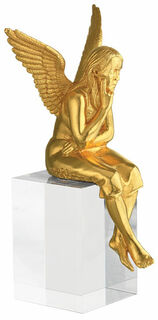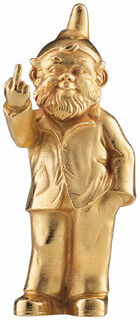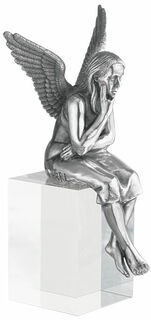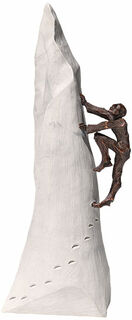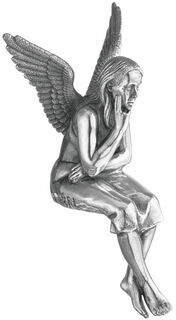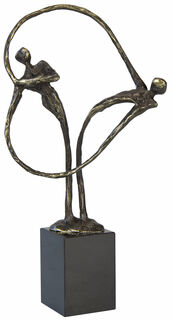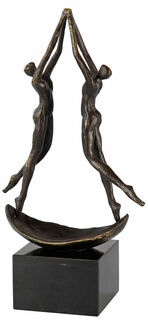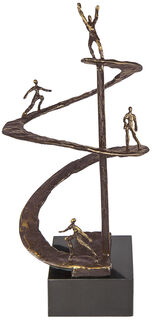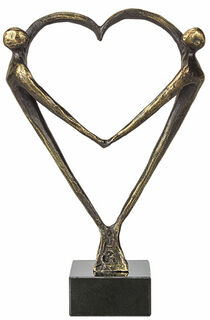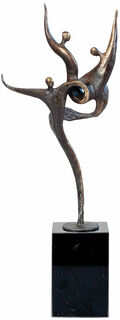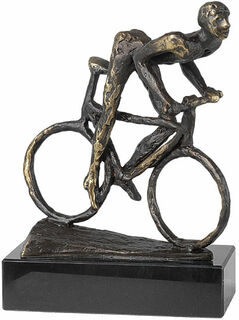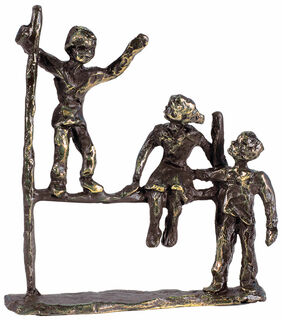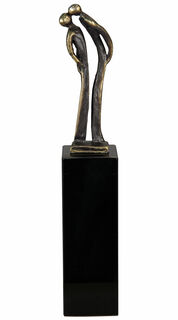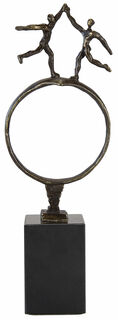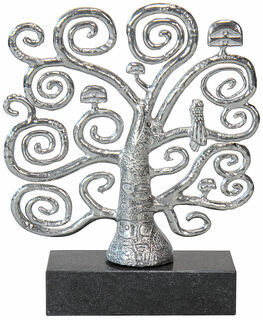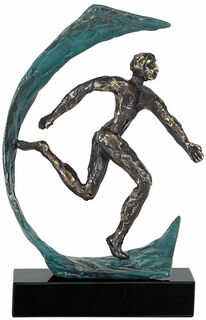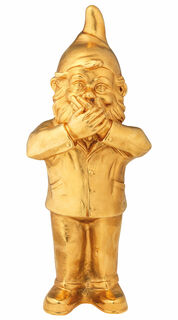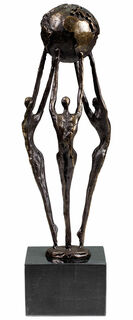Cast Metal
Sculptures made of metal enjoy a long tradition in the history of art and have been part of the fixed repertoire of sculpture since antiquity at the latest. Even today, metal sculptures continue to be very popular among artists and the public alike. Alongside hand shaping and welding, metal casting is one of the most common methods for metals. Various materials such as bronze, tin, brass, iron, or aluminium are suitable for this purpose. The first step of metal casting is to create a mould based on a model designed by an artist. The liquid metal is then poured into this mould. After the blank has hardened, the surface of the metal sculptures can be finished. Options include creating a rust-like appearance, an artificial patina, or applying a lacquer finish.
In the field of sculpture, cast metal can be used in various ways, for example, figurative iron sculptures, bronze sculptures, or brass figures, as well as abstract sculptures made of metal. On the one hand, metal casting makes it possible to reproduce very detailed surface structures. On the other hand, it also allows the serial production of several objects based on the same pattern.
The metal sculptures at ars mundi are usually intended for indoor installation. If you wish to use garden sculptures made of metal, they must be treated extra weatherproof to prevent unwanted rust.

